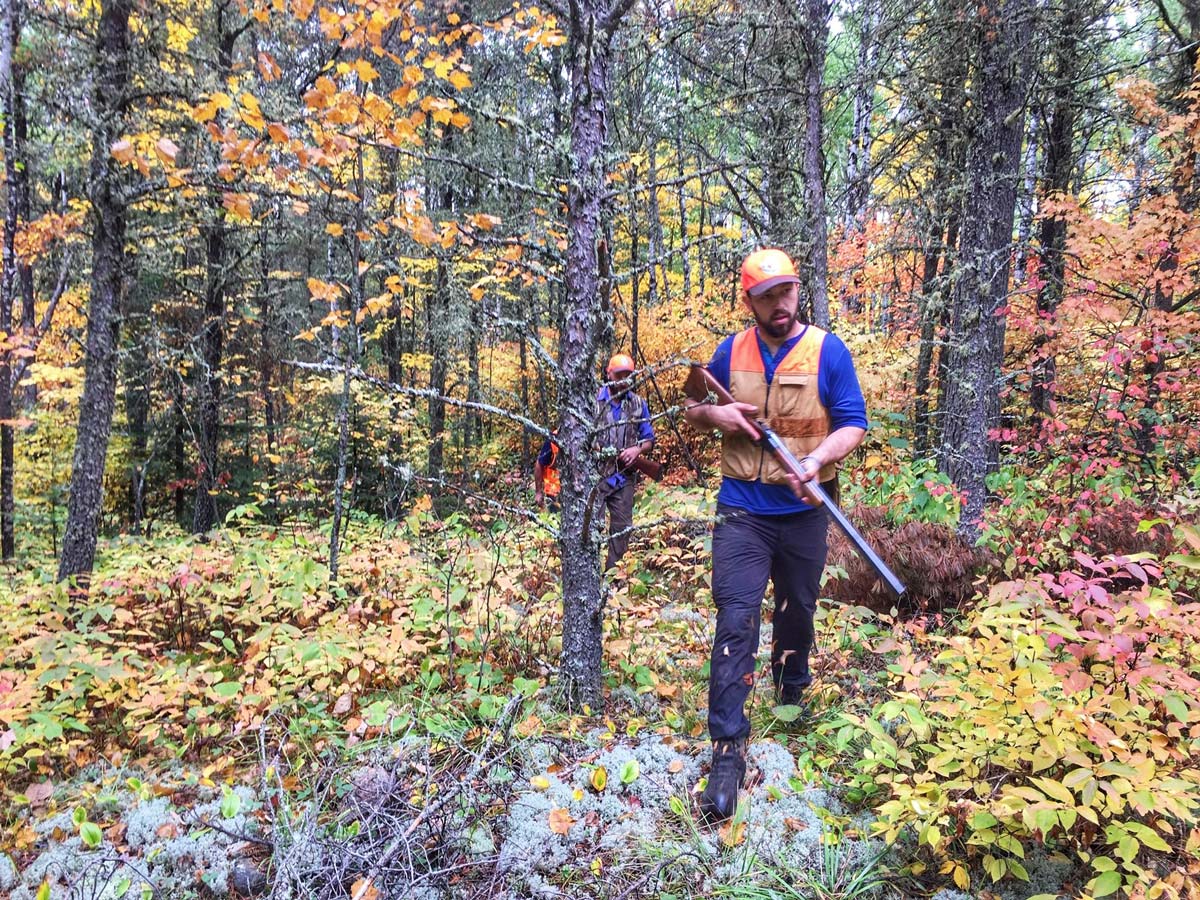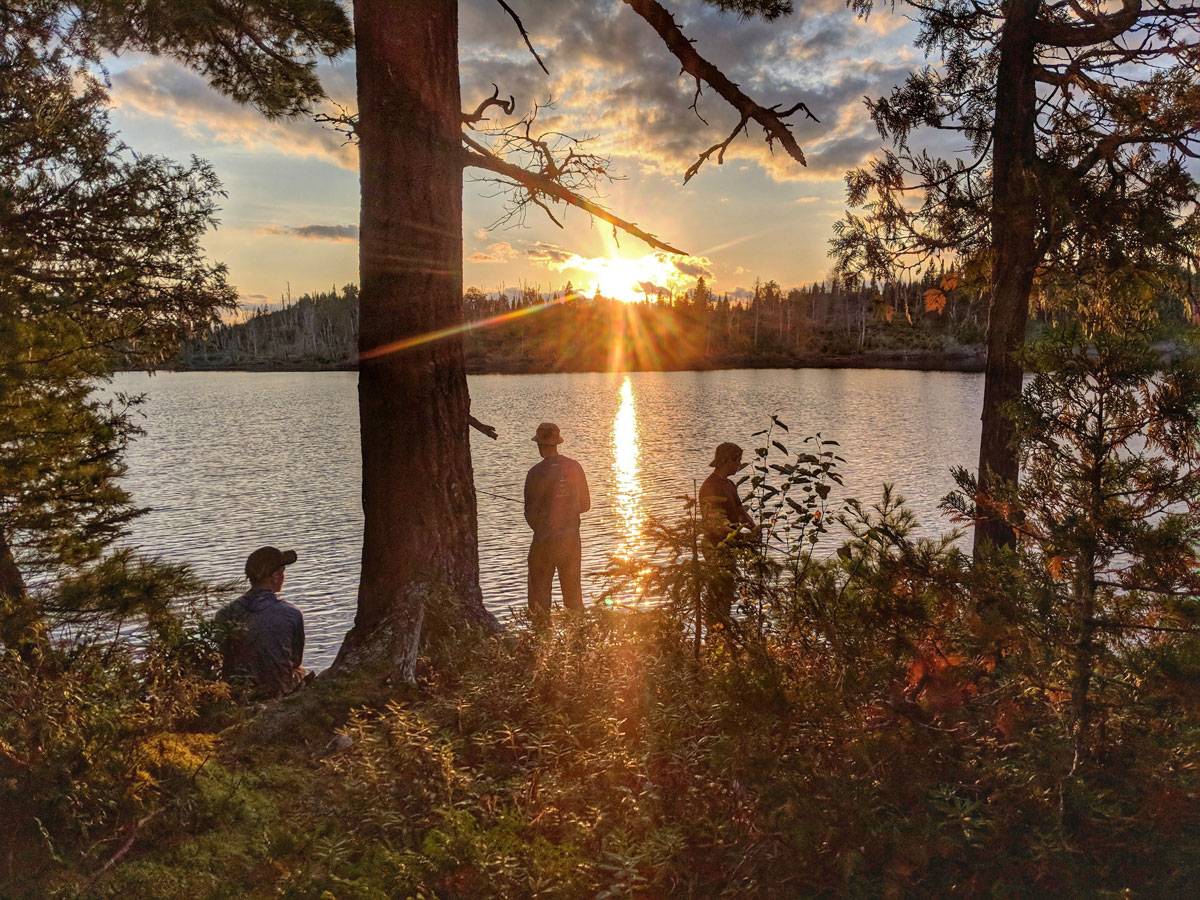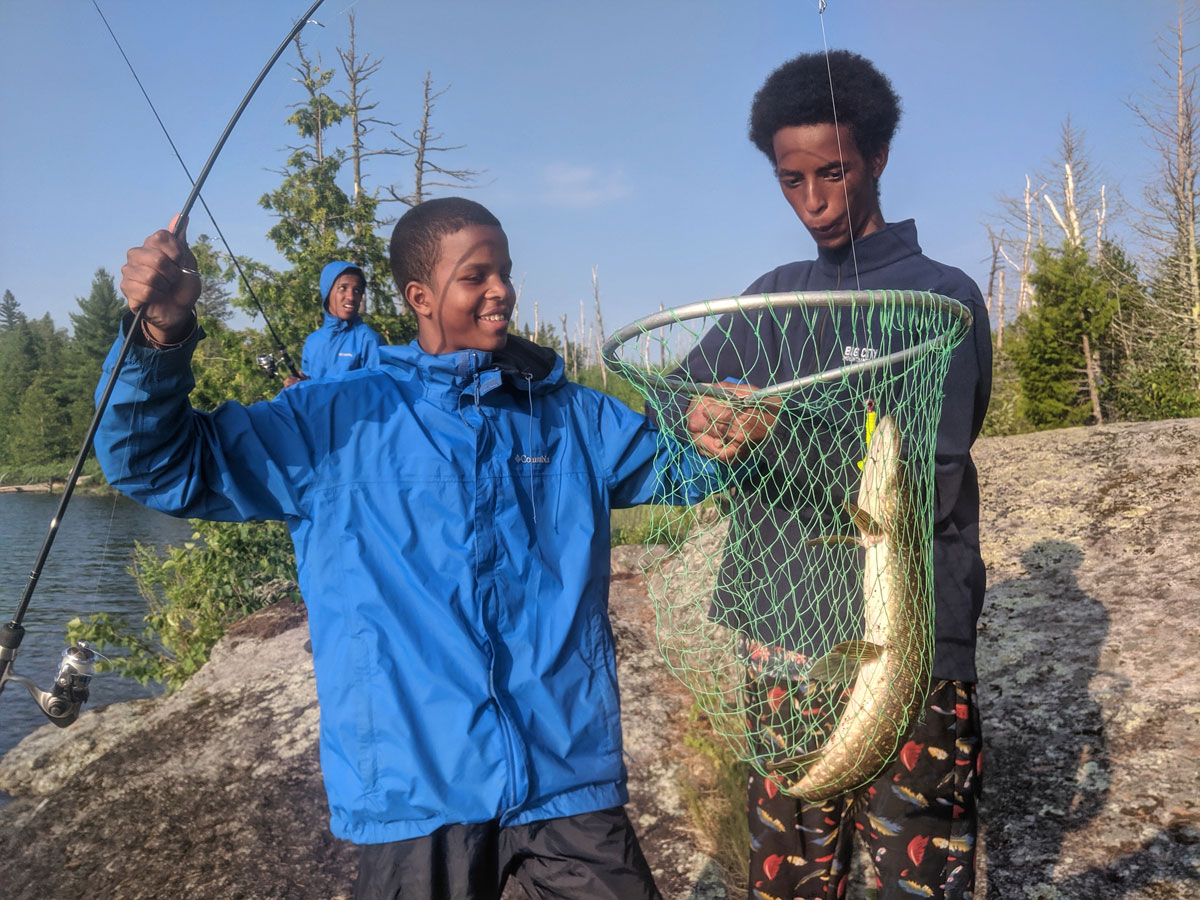Vote highlights bipartisan support for fish, migratory bird, and wildlife habitat
The House Natural Resources Committee today passed two pieces of legislation to conserve habitat for fish, migratory birds, and other wildlife through effective partnerships and regional coalitions.
In a bipartisan vote, the Committee advanced the North American Wetlands Conservation Act (H.R. 925) and the National Fish Habitat Conservation Through Partnerships Act (H.R. 1747). Together the two bills create a model for conservation that is driven by local and regional engagement and stakeholder collaboration.
“These pieces of legislation showcase the very best of conservation,” said Whit Fosburgh, president and CEO of the Theodore Roosevelt Conservation Partnership. “These bills invest in strong on-the-ground coalitions that are improving water quality, restoring habitat, and strengthening our ecosystems. Sportsmen and women are grateful for the Committee’s bipartisan work and urge the Senate to follow suit and advance this legislation.”
“We are elated that the National Fish Habitat Conservation Through Partnerships Act was passed out of the House Natural Resources Committee following yesterday’s subcommittee hearing,” said Ed Schriever, chairman of the National Fish Habitat Board. “We appreciate the leadership of Reps. Wittman and Veasey in helping to move this bill through the committee. This legislation will strengthen our efforts to protect, restore and enhance fish habitat and benefit fisheries through the grassroots efforts of our partnerships. We are grateful for the efforts of our partners to advance this legislation, including the Association of Fish and Wildlife Agencies, Theodore Roosevelt Conservation Partnership, American Sportfishing Association, Trout Unlimited, Congressional Sportsmen’s Foundation, and American Fisheries Society.”
“The sportfishing industry is grateful to the House Natural Resources Committee for passage of the National Fish Habitat Conservation Through Partnership Act, which now moves to the House floor for consideration,” said Chad Tokowicz, the American Sportfishing Association’s inland fisheries policy manager. “Reps. Wittman and Veasey continue to demonstrate their leadership on behalf of our community. This bipartisan legislation will enhance coordination among federal, state, tribal and private entities that support healthy fisheries and create more opportunities for anglers to enjoy their favorite outdoor activity.”
North American Wetlands Conservation Act
Since its inception in 1989, North American Wetlands Conservation Act grants totaling more than $1.73 billion have leveraged $3.57 billion in contributions from partners to voluntarily protect, restore, enhance, and manage habitat for migratory birds and other wildlife. More than 6,200 conservation partners from small landowners to large corporations have teamed up on 2,950 NAWCA projects to benefit more than 30 million acres of habitat. Through the history of the program, NAWCA projects have been implemented in all 50 states.
National Fish Habitat Conservation Through Partnerships Act
Established in 2005 by states, federal agencies, businesses, anglers, and the conservation community, the National Fish Habitat Program has made investments in 840 fish habitat conservation projects across all 50 states. The National Fish Habitat Conservation Through Partnerships Act authorizes federal funding for this program and supports the 20 regional partnerships working across the country to conserve priority fish habitats and fish populations. Sportsmen and women can write their decision-makers to support this legislation here.
Top photo by Dr. F. Eugene Hester/USFWS.








The pollution that has already been dumped into our streams,rivers, great lakes, seas, and oceans and they have yet to clean up the poison and often make the American people pay. It is beyond time to say NO! STOP!
The Bible says we are to protect and USE THE LAND. So much waste is going on in our National Parks. Dead trees could be removed by issued licenses to the public. The game and fish could head it up in the spring and maybe save the forest. Otherwise it’s left for rotting and decay. The funds from the very dead trees would help cover part of the cost for spraying.
With all of the negative news concerning conservation lately this is very good news !